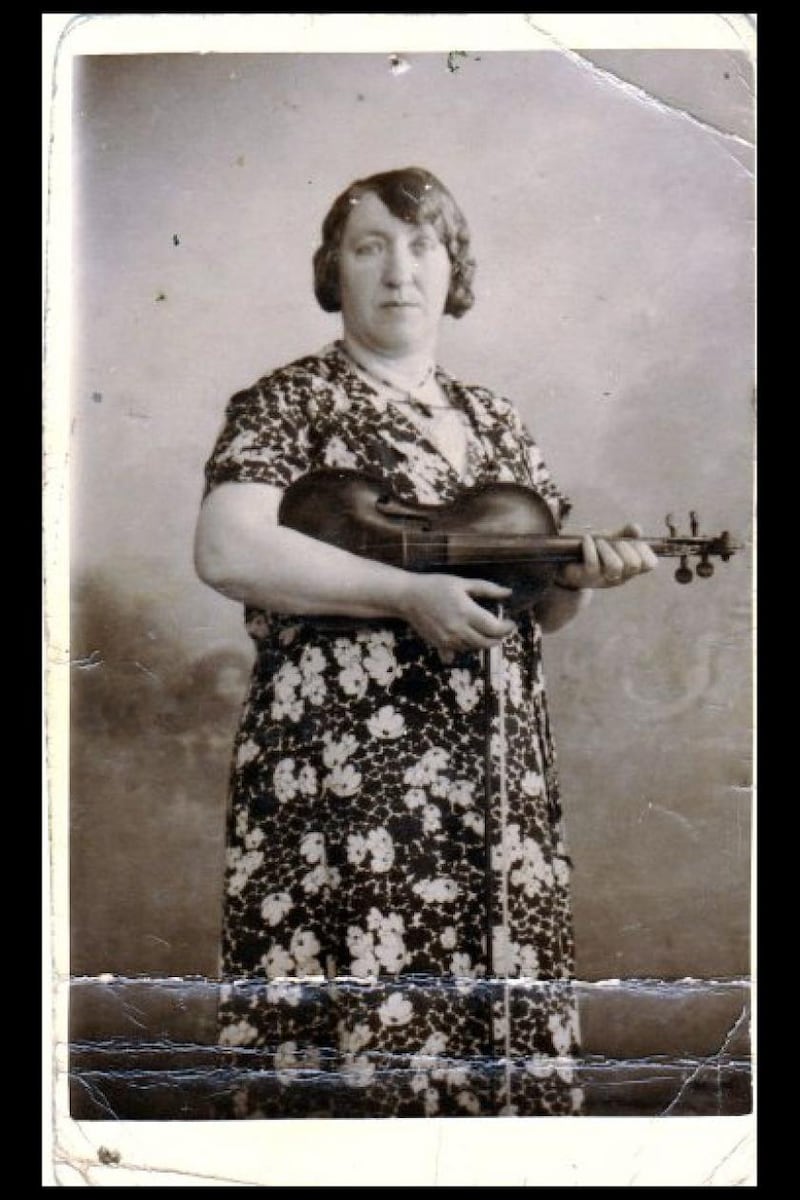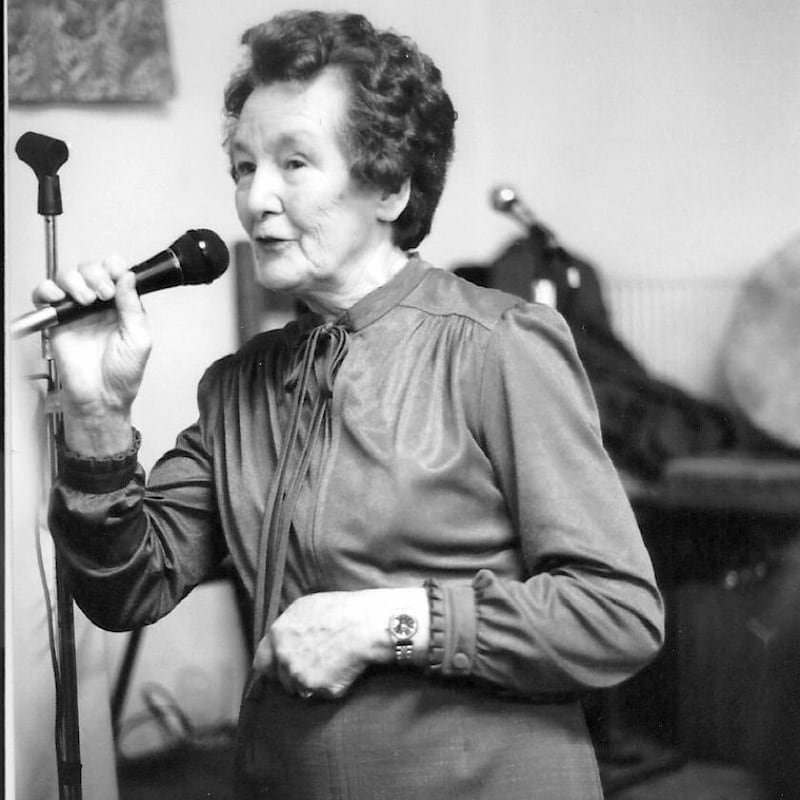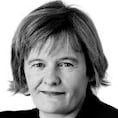Starved as we are of so much live performance, Culture Night holds the promise of many riches this year. With much of the programming still on line, September 17th will still see a cornucopia of events supported by the Arts Council, on the theme of Come Together Again. Traditional musicians will be out in force, with live and recorded performances, bodhrán and sean nós workshops jostling for space in a busy programme.
The Irish Traditional Music Archive have partnered with Clare Arts Office to premiere Duala 2, a live online performance and digital soundscape by Tara Breen and Nuala Kennedy, a fiddle/flute duo who have been busy excavating a long-neglected archive of recordings of female musicians from Co Clare over the past year.
“There have been a lot of male musicians documented, from Willie Clancy to Micho Russell, Bobby Casey and Paddy Canny”, Tara Breen notes, “and they are absolute heroes of mine, but we wanted to delve deeper into the archives and see what kind of women were there.”
Reaching across the decades, they have “collaborated” digitally with four key women whose music they unveiled in the archive: singer and concertina player, Kitty Hayes, fiddle player, Nell Galvin, concertina player, Mary Haren, and singer Nora Cleary.
'Oh my goodness, her use of ornamentation, of droning and double stops; I just had to delve in and see what she was doing'
Both Tara and Nuala were hard working professional musicians who first met while recording a concert for Cape Breton’s Celtic Colours festival in Glór last year. Nuala, a native of Louth, had recently settled in Ennis, having lived in California for some years, while Tara, a native of Ruan in Clare is also an Ennis resident.
Nuala was already intrigued by Clare women whose musical lives were shrouded in mystery.
“I had been listening to Clare FM and I heard Nora Cleary, the singer from Miltown Malbay and I just loved her voice”, she recounts, “and I thought: are there more women I’ve never heard of before? I’d never heard of Nora, even though she made an album on Topic Records in the 1970s. Of the women we looked at, she was the most established. But that got us thinking about who else is out there that we haven’t heard of so this was an opportunity to spend time in the archives, and to focus on women.”
Theirs was a journey that revealed more riches with every return visit to the archive. Tara laughs as she recalls how she was “gripped by a fever of fiddle player, Nell Galvin”.

“I became obsessed!”, she admits. “It was the first recording I listened to when we got to the archive, and the first track I played was a slow air, a version of Seán Ó Duibhir A Ghleanna. Oh my goodness, her use of ornamentation, of droning and double stops; I just had to delve in and see what she was doing. She was born in 1887 and her air playing would be on a par with any top musician today.”
“Her playing has a wildness to it”, Nuala adds excitedly, with Tara completing the picture of this long-neglected musician: ‘There were loads of trills. It was flowery but she was such a strong player. It was really beautiful.”
“Kitty Hayes was another musician who we listened to a lot”, Nuala adds. “She’s more known as a concertina player but her singing is beautiful. It’s quite delicate and precise. She sings unaccompanied and the tuning is really lovely. The way that she delivers the song is just beautiful.”

The absence of these women in the pantheon of traditional music can be traced back to legislation introduced in the 1930s, Nuala believes.
“We found some lovely interviews from Kitty Hayes”, Nuala explains. “She says ‘well, women weren’t allowed in the pubs then. It wasn’t the done thing’. She talks about the end of the era of country dancing and house dances, where women were able to play because they were mostly working in the home. Once they was banned by the Public Dance Hall Act of 1938, then [women] weren’t comfortable going to pubs and they weren’t playing out where men were.”
The impact of that single act of legislation was to resonate for decades, yet these women clearly had the tenacity to hold on to the music and to come back to it when the opportunity presented itself, many decades later.
“Unfortunately many women gave up playing in public. Kitty gave up playing the concertina for 40 years”, Tara adds. “And then when they got their concertinas given to them: imagine, after 40 years, It’s amazing. It’s beautiful music, full of life and drive and passion. It was all there all those decades. Just amazing.”
Having listened to many musicians, Tara and Nuala chose to focus on four in particular, for what hopefully will be the first of many more excursions into Clare’s rich history of women whose music has long languished in the shadows.
They collaborated with Scottish sound design artist, Ziggy Campbell to achieve their vision of a meaningful collaboration.
“We wanted to feel that they were almost present through their music”, Nuala explains. “Of course we could play along with them but we wanted it to be more than that, with past and present coming together. We chose field recordings that we really loved and we workshopped those to see what we would play along with them.”
“What we wanted to make is almost like a Polaroid photo of the women; it’s faded and older, but it’s beautiful and unique”, Nuala continues. “They could have a presence in this new music with us, alongside us. Ziggy ran one of the barn dances through a Soviet tape recorder so that it sounds like the tape is running out and you’ll never hear it again. As if it’s the last time it’ll ever be heard. And we pick up the thread at that point and play live, with echoes of their playing throughout the piece mixed in with us. It’s interacting with the archive material in a creative way.”
Past and present, in tune.
Ag Lorg Ár Líne will be broadcast online on Culture Night: culturenight.ie












